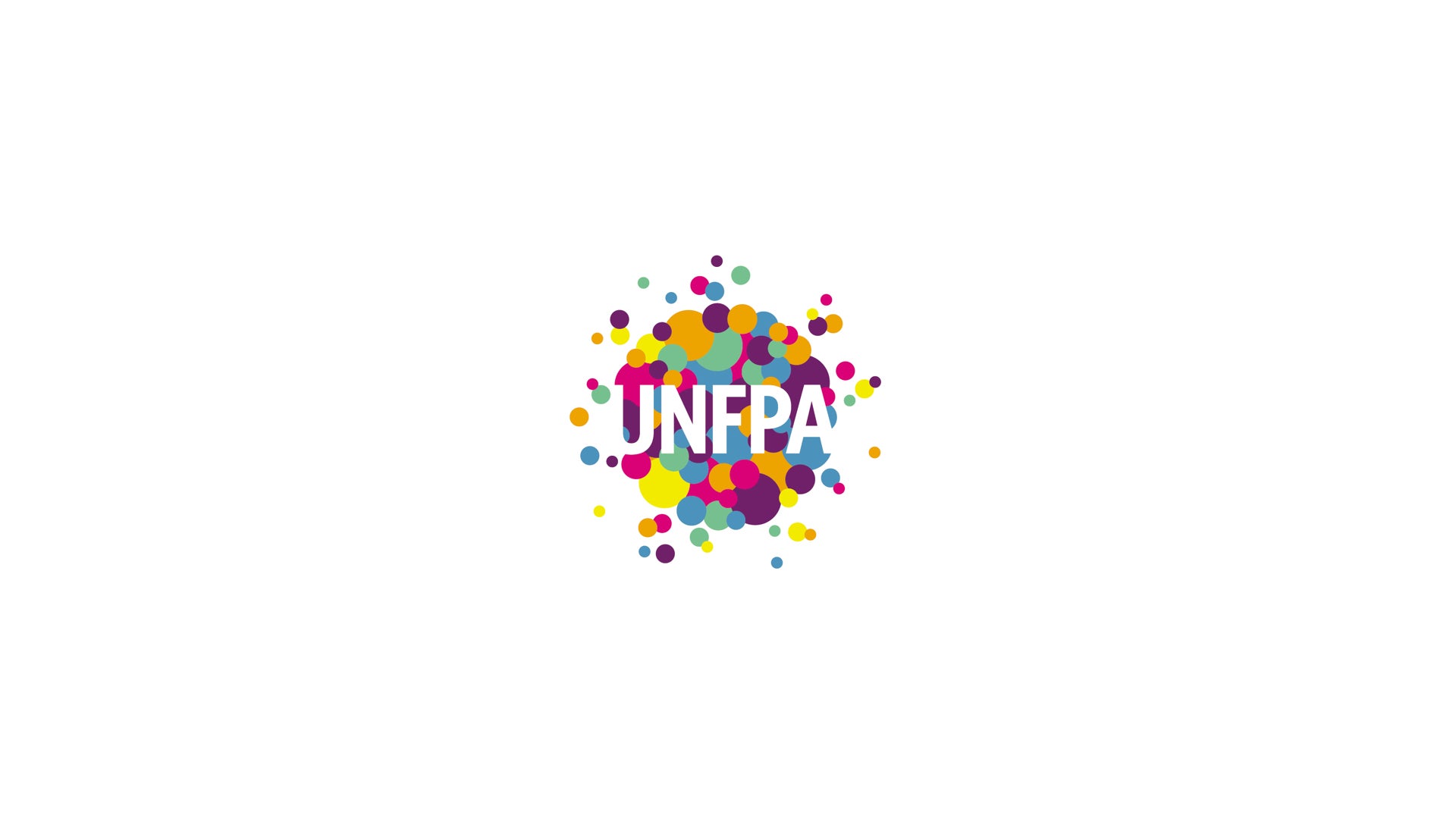Big data and family planning in the Philippines
Social media has transformed the way young people in the Philippines talk about women’s health issues such as contraception and sexual rights. Candid conversations about all kinds of issues are happening online. UNFPA Philippines has developed a tool to track what people are concerned about so that public health messages can connect with the women and girls who need them most.
Andrew Bautista and Norbie Mendoza were part of the team that developed the AI-powered tool. They said the first step was finding out where to look.
“The tool is designed to scour, or ‘scrape’, social media feeds in publicly available posts on Twitter and Facebook,” Andrew says. “The hope is that we can look into the sentiments behind these posts so that we can take a much closer look at what people think about these topics, especially in the areas of reproductive health, education, population and development, and family planning.”

The colleagues emphasize that it’s been a team effort to get this far since the project began in 2019. They got started when their UNFPA Innovation Fund proposal was selected; the project was part of a national effort to design tech projects to improve healthcare in the Philippines.
“What we’re looking into with the project is how we can have more data mining, more real-time data in terms of what people think or know about family planning,” says Andrew.
Norbie remembers that close consultation with partners was an important part of the development of the tool. “We started first with a design-thinking process,” he says. “Together with government stakeholders, we researched and validated the idea in terms of its usefulness."
"We are able to capture these sentiments about certain topics around family planning as they are happening.”
-Andrew Bautista
The team was motivated to design a tool that could provide more timely data than traditional surveys and other health data sources. “Social media data are given in real time,” Andrew says, “so we’re able to capture these sentiments about certain topics around family planning as they are happening.”
Norbie explains that one of the important lessons was discovering which keywords would help them gather the buzz on issues such as safe sex and gender-based violence. “It is not random,” he says. “We do the scraping by using a set of keywords. So these keywords started with ideas about family planning and then we had to identify other keywords.”
The central innovation is the combination of a big data set with an algorithm that does sentiment analysis. “It classifies the sentiment of the post, if it’s positive or negative,” Andrew says. “It does that by analysing the language of the post in context.”
They emphasize that it’s an ongoing process whereby machine learning helps the tool to get better at spotting the conversations that matter. “What we do is, we feed into the machine-learning component of the platform so it actually improves,” Norbie says. They go through sets of tweets and teach the algorithm which ones are important and which ones it can ignore.
Andrew says that they followed the same process with keywords. It took some time to teach the tool how to filter out “noise”. “If we added a new term like ‘rubber’ (which is a word used to refer to condoms), we got a lot of noise,” he says. “But if you add an exclusion criterion to remove posts with the word ‘car’ in them, the scope narrows and the tool can learn. So we tried to put qualifiers into the scraping algorithm to make sure that we were scraping relevant discussions about condoms and sex.”
"We put qualifiers into the scraping algorithm to make sure that we were scraping relevant discussions about condoms and sex."
-Andrew Bautista
The project has been meticulously documented so that they can learn as they go. “It’s a learning process for us,” Norbie admits. “We started with the idea that it would be really straightforward. We just put in the keyword. But then we realized that it’s not as simple as we thought it was, so we had to learn along the way how to improve.”
The platform has improved and it’s now in its second year, with dynamic data graphing painting a first picture of what is happening with young people online in the Philippines. “It’s very interesting to see what people are actually talking about,” Andrew says. “We were surprised that these are conversations that are really happening.”
Norbie recalls that one of the key lessons learned was about how reactive social media was to trends and new content. “We learned that people usually talk about and respond to issues that are raised in, for example, news articles,” he says. “Putting ideas out there really gets a dialogue going.”
While internet coverage has become widespread across the Philippines, Andrew and Norbie are aware that social media users tend to reflect more urban perspectives. “Most of the conversations that are happening are clustered around urban areas,” Norbie says. “But there is an undeniable national trend towards connectivity.”

With 18 months of data and graphing, Andrew says that now is when the full potential of the platform will become clear. “The big question now is about how do we see this?” he says. “How can this be used in terms of our programming?”
He points out that the platform has multiple applications. “We are seeing that it’s actually a very useful tool in terms of evaluating and monitoring the impact of your communications in our advocacy work,” he says.
They can trace how major news stories on issues such as reproductive rights resonate on social media. “If there’s some news piece on one of the major networks about an issue relating to contraception or childbirth,” Andrew says, “right away we see that there will be an increase in the number of tweets or posts on the issue.”
The goal is to get the platform to the point where it can help shape and inform programming. “As it improves and we’re able to see what people’s sentiments are,” Norbie says, “we can actually adapt programmes to be more responsive to people’s needs, rather than taking a more top-down approach.”

It’s still early days and the team are refining the tool and sharing learning with government partners and UNFPA colleagues, but they are already hopeful about being able to identify areas where there are gaps in services, so that community health workers can respond with targeted support. “We can actually see what people are talking about in real time,” Andrew says. “If we see a cluster of people not able to access family planning services in a particular area, then we can look into it and send support.”
“We start to see how Philippine society is changing in terms of its willingness to discuss family planning.”
-Norbie Mendoza
While the AI platform is sophisticated enough to detect subtle nuances in meaning, the team admits that it struggles with the complexity of Filipino multilingualism. “Filipinos have the tendency to use different languages in the same sentence. So you switch from English to Tagalog, and this is something that we have been working on with the developer.”
As they improve the platform, the tool is giving UNFPA and partners access to a world and conversations in a way that can save lives.
“We start to see how Philippine society is changing in terms of its willingness to discuss family planning,” Norbie says. “At the end of the day, we’re still a very conservative society and some topics are not very easy to bring up in public. But seeing an increase in the amount of conversation about these topics gives us hope that there’s a possibility for these issues to be openly discussed.”
NOTE: The tool scrapes only publicly available conversations and data, and not information or data on specific users.

This initative was supported with a grant from the UNFPA Innovation Fund.




